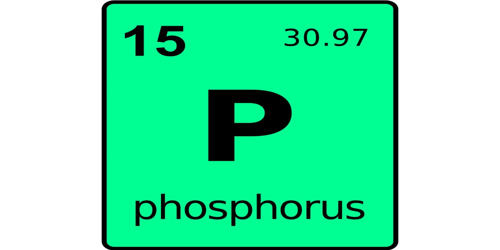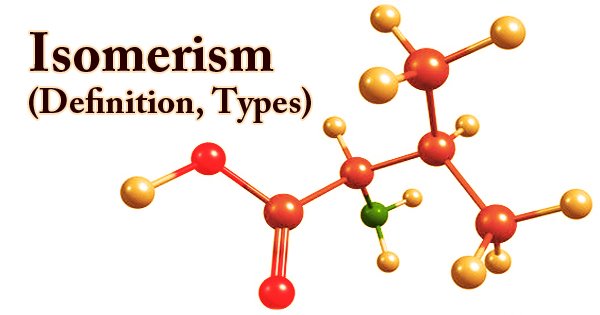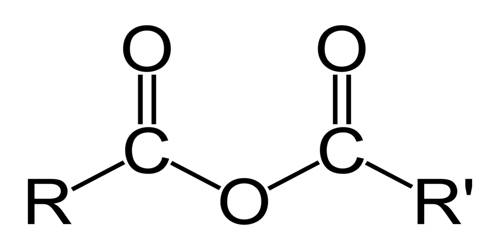Osmium dioxide is an inorganic compound with the formula OsO2. It exists as brown to black crystalline powder, but single crystals are golden and exhibit metallic conductivity. It is a highly dense and rare compound, typically found in forms of dark crystals or powder. The compound crystallizes in the rutile structural motif, i.e. the connectivity is very similar to that in the mineral rutile. Osmium itself is one of the densest naturally occurring elements, and its compounds, including osmium dioxide, inherit some of these properties.
Properties
Osmium dioxide typically appears as a black or dark brown solid, often in crystalline form. It is reactive and can be converted into osmium tetroxide (OsO₄) under certain conditions, which is highly volatile and toxic. It has a high melting point, indicative of the strong bonding between osmium and oxygen in the compound.
- Chemical formula: OsO2
- Molar mass: 222.229 g/mol
- Appearance: black or yellow brown
- Density: 11.4 g/cm3
- Melting point: 500 °C (932 °F; 773 K) (decomposes)
Preparation
Osmium dioxide can be prepared by oxidizing osmium metal with oxygen at high temperatures. This process results in a highly stable, non-volatile compound.
OsO2 can be obtained by the reaction of osmium with a variety of oxidizing agents, including, sodium chlorate, osmium tetroxide, and nitric oxide at about 600 °C. Using chemical transport, one can obtain large crystals of OsO2, sized up to 7x5x3 mm3. Single crystals show metallic resistivity of ~15 μΩ cm. A typical transport agent is O
2 via the reversible formation of volatile OsO4:
OsO2 + O2 ⇌ OsO4
Reactions
OsO2 does not dissolve in water, but is attacked by dilute hydrochloric acid. The crystals have rutile structure. Unlike osmium tetroxide, OsO2 is not toxic.
Uses and Significance
- Catalysis: Osmium dioxide is used in some catalytic applications due to the catalytic properties of osmium, which is part of the platinum group metals.
- Research: It has specialized uses in scientific research, including as a reagent in organic chemistry.
- Toxicity: Osmium compounds, including osmium dioxide, can be toxic, and care must be taken when handling them. Osmium tetroxide (OsO₄), a related compound, is particularly known for its extreme toxicity.
















